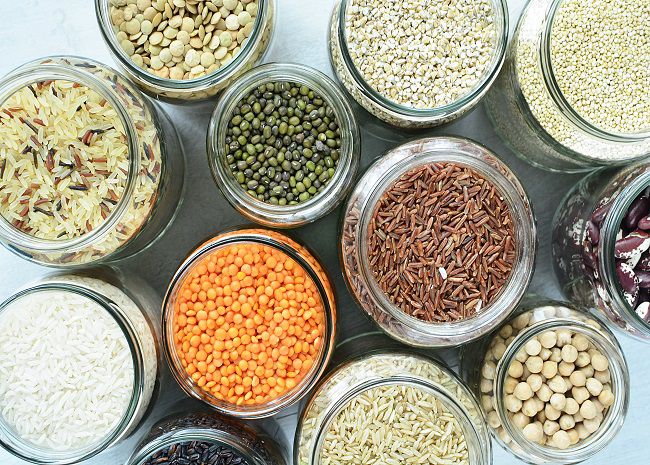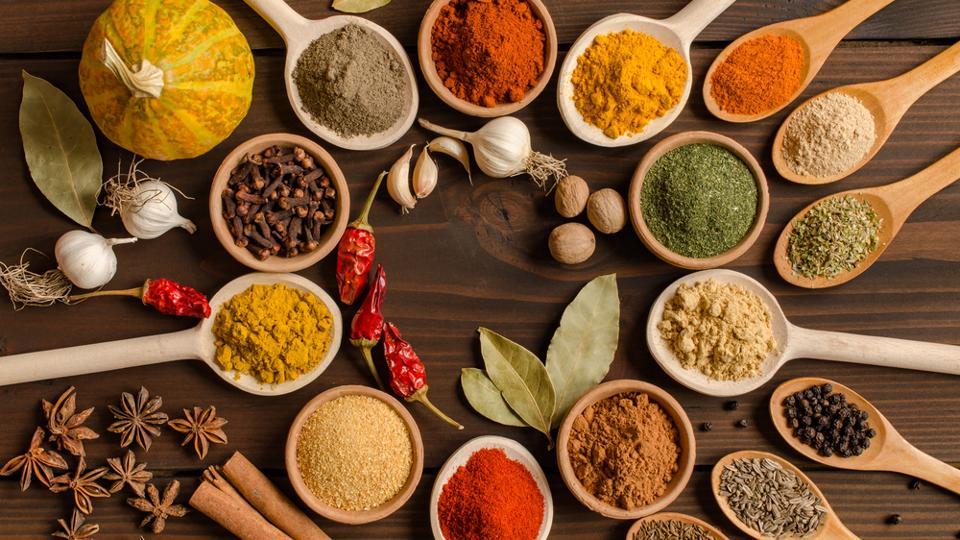Introduction:
Cooking ingredients are the foundation of culinary arts, offering essential elements to craft varied and flavorful dishes. From ancient times to today, the development and use of these ingredients have profoundly influenced human civilization and culture. This guide delves into the history, varieties, applications, and nutritional advantages of various cooking ingredients.
History of Cooking Ingredients:
The history of cooking ingredients traces back to ancient civilizations. Early humans relied on available resources like wild plants, herbs, and animals for nourishment. With the advent of agriculture, people began cultivating specific plants and domesticating animals, resulting in a more diverse and stable supply of ingredients. Key milestones include:
Ancient Egypt: Originators of bread and beer.
Ancient China: Introduction of soy sauce and tofu.
Ancient Rome: Incorporated olive oil and wine into their culinary practices.
Middle Ages: Spices such as cinnamon, pepper, and cloves emerged as highly prized trade goods.
Types of Cooking Ingredients:
Cooking ingredients fall into several broad categories:
1. Fruits and Vegetables
Vegetables: Carrots, onions, tomatoes, potatoes, spinach, and more
Fruits: Apples, bananas, oranges, berries, grapes, and more
2. Cereals and Grains
– Whole Grains: Wheat, rice, oats, barley, quinoa, and more.
Processed Grains: Flour, pasta, bread, cereals, and more

3. Proteins: Meat and Seafood
Meats: Beef, chicken, pork, lamb, and more
Seafood: Fish, shrimp, crab, lobster, and more
4. Dairy Products
Milk: Includes varieties such as cow’s milk and goat’s milk
Cheese: Cheddar, mozzarella, Parmesan, and more
Other: Yogurt, butter, cream, and more.
5. Legumes and Nuts
Legumes: Lentils, chickpeas, beans, peas, and more
Nuts: Almonds, walnuts, cashews, peanuts, and more
6. Aromatic Herbs and Flavorful Spices
Herbs: Basil, thyme, rosemary, cilantro, and others.
Spices: Cinnamon, black pepper, cumin, turmeric, and more
7. Oils and Fats
Vegetable Oils: Olive, canola, sunflower, and more
Animal Fats: Butter, lard, ghee, and more

8. Sweeteners
Natural Sweeteners: Honey, maple syrup, agave nectar, and more
Refined Sweeteners: Sugar, molasses, corn syrup, and more
9. Drinks
Non-Alcoholic: Water, tea, coffee, juice, and more
Alcoholic Beverages: Wine, beer, spirits, and more
Uses of Cooking Ingredients:
Cooking ingredients play a vital role in numerous culinary techniques and recipes, such as:
Boiling: Cooking food by immersing it in water or broth, ideal for pasta and vegetables.
Frying: Preparing food in hot oil, like crispy fried chicken or golden French fries.
Baking: Utilizing dry heat in an oven to cook items like bread or cakes.
Grilling: Cooking food directly over an open flame or heat source, perfect for meats like steaks or fresh vegetables.
Sautéing: Rapidly cooking food in a minimal amount of oil, commonly used in stir-fry recipes.
Roasting: Using dry heat in an oven to cook foods like meats and vegetables.
Steaming: Using steam to cook foods like dumplings or vegetables.
Marinating: Immersing ingredients in a blend of spices and liquids, like marinated meats.
Nutritional Benefits of Cooking Ingredients:
Grasping the nutritional value of cooking ingredients is vital for maintaining a balanced diet. Below are some essential nutrients found in different ingredients:
Proteins: Present in meat, seafood, legumes, and dairy products.
Carbohydrates: Present in grains, fruits, and vegetables.
Fats: Present in oils, butter, nuts, and fatty fish.
Vitamins and Minerals: Present in fruits, vegetables, nuts, and dairy products.
Fiber: Present in whole grains, legumes, fruits, and vegetables.

Modern Trends in Cooking Ingredients:
Lately, interest has surged in:
Organic Ingredients: Grown without synthetic pesticides or chemical fertilizers.
Gluten-Free Ingredients: Ideal for those with gluten sensitivities.
Plant-Based Ingredients: Ideal for vegetarian and vegan diets.
Locally Sourced Ingredients: We prioritize local farmers, ensuring fresher produce and a smaller carbon footprint.
Superfoods: Highly nutritious foods such as quinoa, chia seeds, and kale.
Conclusion:
The evolution of cooking ingredients from ancient times to today mirrors shifts in culture, technology, and dietary trends. By exploring the history, varieties, uses, and nutritional benefits of different ingredients, we can make informed choices that enrich our culinary experiences and support a healthier lifestyle.
